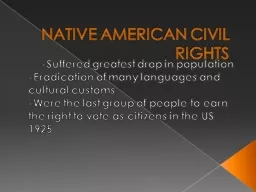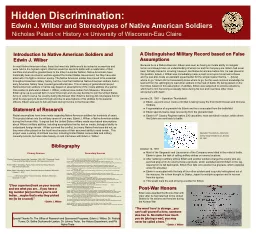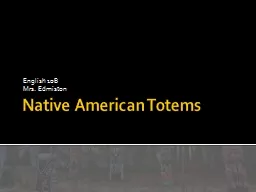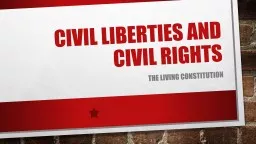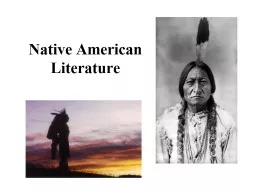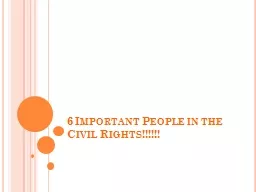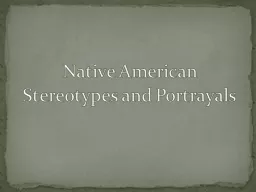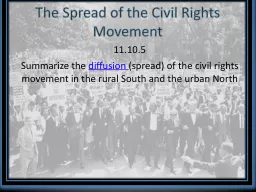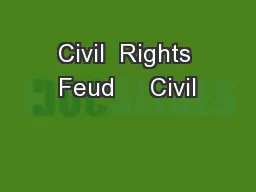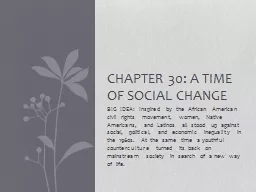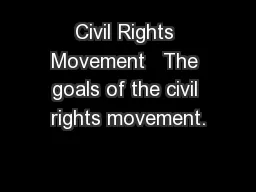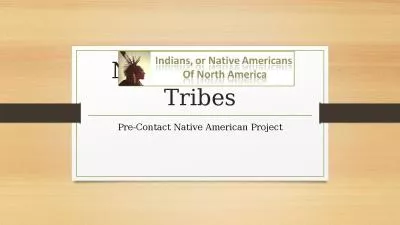PPT-NATIVE AMERICAN CIVIL RIGHTS
Author : pamella-moone | Published Date : 2015-10-17
Suffered greatest drop in population Eradication of many languages and cultural customs Were the last group of people to earn the right to vote as citizens in the
Presentation Embed Code
Download Presentation
Download Presentation The PPT/PDF document "NATIVE AMERICAN CIVIL RIGHTS" is the property of its rightful owner. Permission is granted to download and print the materials on this website for personal, non-commercial use only, and to display it on your personal computer provided you do not modify the materials and that you retain all copyright notices contained in the materials. By downloading content from our website, you accept the terms of this agreement.
NATIVE AMERICAN CIVIL RIGHTS: Transcript
Download Rules Of Document
"NATIVE AMERICAN CIVIL RIGHTS"The content belongs to its owner. You may download and print it for personal use, without modification, and keep all copyright notices. By downloading, you agree to these terms.
Related Documents

